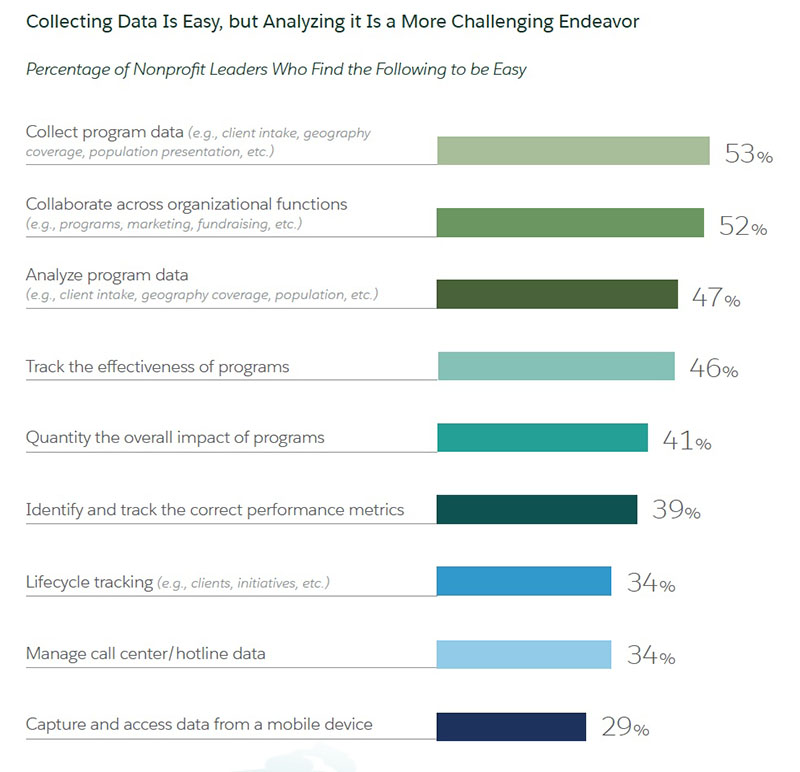
Regressions also help you uncover areas in your operations that can be optimized by highlighting trends and relationships between factors.Īlso known as “T Testing,” this analysis method lets you compare the data you have against hypotheses and assumptions you’ve made about your operations. While you can only have one dependent variable, you can have a nearly limitless number of independent ones. Regressions measure the relationship between a dependent variable (what you want to measure) and an independent variable (the data you use to predict the dependent variable). Regression studies are excellent tools when you need to make predictions and forecast future trends. Our first three methods for upping your analysis game will focus on quantitative data: Quantitative analysis methods rely on the ability to accurately count and interpret data based on hard facts. As such, the analysis methods used are less structured than quantitative techniques.Ģ021 Analytics trends you need to know: Read More Measuring Quantitative Data This includes information taken from customer surveys, interviews with employees, and generally refers to qualities over quantities. Qualitative data is slightly harder to pin down as it pertains to aspects of an organization that are more interpretive and subjective. This data includes sales numbers, marketing data such as click-through rates, payroll data, revenues, and other data that can be counted and measured objectively. As the name implies, quantitative data deals with quantities and hard numbers. The first step in choosing the right data analysis technique for your data set begins with understanding what type of data it is - quantitative or qualitative. Quantitative and Qualitative Data - What’s the Difference? These five data analysis methods can help you create more valuable and actionable insights.

#DATA ANALYSIS METHODS FOR SURVEYS SOFTWARE#
Even so, there are some common techniques that come included in most data analytics software because they’re effective. This also makes it necessary to understand each type of data, and which methodology can deliver the best results. Depending on your needs and the type of data you collect, the right data analysis methodology will shift. More importantly, there isn’t one right way to analyze data. However, without properly analyzing and comprehending the data you collect, all you have is figures and numbers with no context. The amount of data an organization can collect today from a variety of sources offers the ability to see under the hood, understand which processes are working, and help teams prepare for future trends.

Implementing a Business Intelligence suite in your organization is about more than simply collecting additional data - it’s about converting this data into actionable insights.


 0 kommentar(er)
0 kommentar(er)
